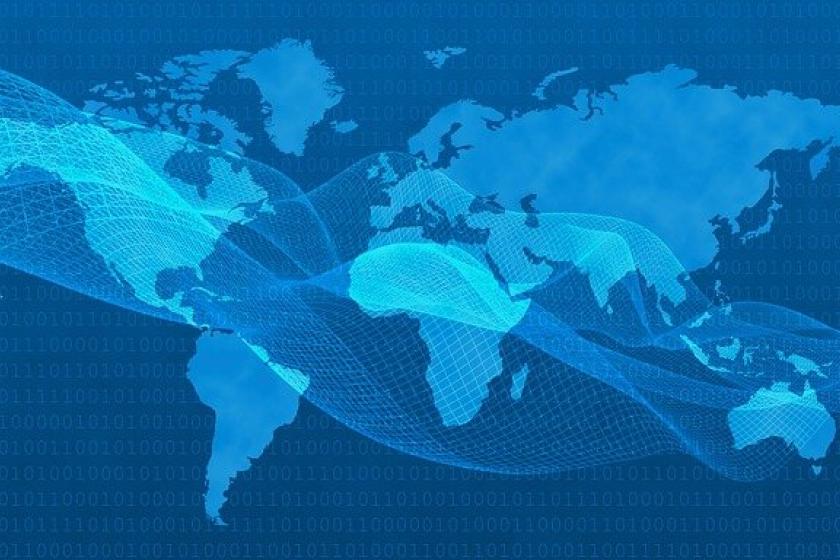SD-WAN and SASE: Collaboration and Standards are EssentialSD-WAN and SASE: Collaboration and Standards are Essential
MEF provider survey finds great revenue growth in SD-WAN and SASE expected in the year to come, yet obstacles will need to be addressed.

Many enterprises are turning to or exploring SD-WAN and Secure Access Service Edge (SASE) to provide their increasingly distributed workforce with access to corporate resources in a manner that protects users, data, and the company.
Delivery of the services is dependent on cloud and service providers cobbling together a variety of software and hardware solutions to deliver SD-WAN and SASE services to businesses. Understandably, bringing together multiple point solutions to enable complex service deployments can be challenging and lead to problems.
MEF, an international industry consortium that has been around since 2001, recently surveyed some of its members to get a better understanding of the issues they face. The organization’s members include service providers, software, and hardware technology suppliers, all of which joined the organization to collaborate in an effort to define standards and best practices for enterprise digital transformation.
In particular, MEF conducted interviews with 36 experts from 10 service providers based in multiple geographic regions. All the vast majority of its SD-WAN managed service providers forecast 30+% revenue growth in 2022. All interviewed service providers have elements of a SASE offering or plan to introduce a SASE solution in 2022. Most providers who offer SASE in 2021 expect 50+% revenue growth in 2022 (off a small base).
These findings are in line with other industry analyst expectations of strong double-digit revenue growth for the global SD-WAN and SASE services market this year 2022. For example, MarketsandMarkets projects that the global SASE market will grow at a compound annual growth rate (CAGR) of 26.4% through 2026.
Why industry collaboration on SD-WAN and SASE is needed
Providers will need to overcome several issues if enterprise users are going to get the SD-WAN and SASE services they need. Respondents to MEF’s survey claim their biggest challenges for deploying SD-WAN services are the complexity of managing and operating a multi-vendor SD-WAN, integration of security options, and defining end-to-end SLAs. Comparably, their biggest challenges with SASE are a lack of industry standards, customer education (and expectations), vendors not offering complete SASE solutions, enforcing consistent security in complex environments, and more. Another important issue cited is the lack of test, certification, and other tools.
Some of these issues are in the sweet spot of MEF’s work. MEF currently has active SD-WAN and SASE-related projects and incubation groups across five broad areas: SD-WAN foundation, automation, performance and edge agility, cybersecurity, and test and certification.
Additionally, MEF and its members have started more than 25 initiatives over the last several years, eight of which have been brought to completion thus far.
Late last year, MEF published updated SD-WAN standards with enhancements to past work. The new work addressed service capabilities for underlay connectivity, application performance metrics, and security zones for service providers deploying SD-WAN managed services.
“MEF develops standards and certifications to provide clarity and assurance and remove complexity for SD-WAN managed services. The new standards define the service behavior and associated policy language needed to deliver high-performance, secure SD-WAN managed services,” said Pascal Menezes, CTO, MEF. (His comments came at the time of the announcement.) He noted that these standards, and the upcoming SASE and Zero Trust standards, benefit both customers and providers.
“Customers know what to expect when selecting SD-WAN managed services from a provider, and providers have the tools needed to deliver secure SD-WAN services that drive customer satisfaction,” said Menezes.
One particularly interesting area MEF is working on that has great implications for global businesses is Lifecycle Service Orchestration (LSO), a reference architecture and framework for enabling end-to-end automation and orchestration across multiple provider networks. The LSO framework helps enable software-defined digital services, from commercial interactions to operational level inter-provider automation, as well as intra-provider automation from orchestration. These issues can become important when an enterprise’s service use involves or traverses multiple service provider domains.
Related articles:
About the Author
You May Also Like




